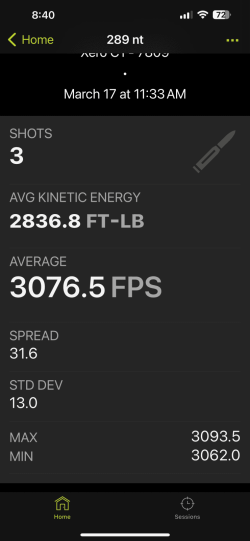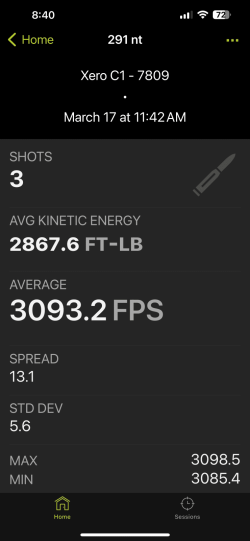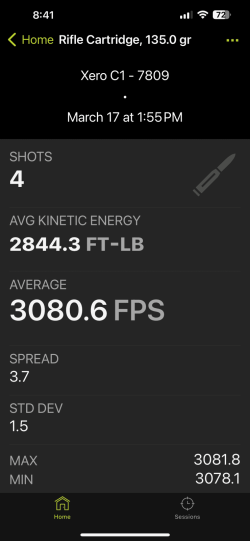Interesting on what's being said about neck tension. I haven't mess with it. I am looking at it very hard. Thinking about what tension I am going to use. Up until now I just used the sizing die and expander ball to set tension. The loads I use are in the 1/2 area and under @ 100yds. It never came to mind in setting tension. That what happen when reloading by yourself. You have only you to talk too. Probable get some crappy answers too. 
I just shifted last year to bushing dies to control the tension.
I just shifted last year to bushing dies to control the tension.



